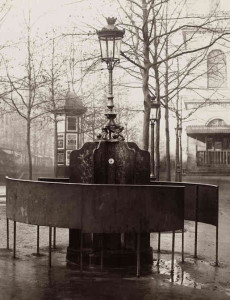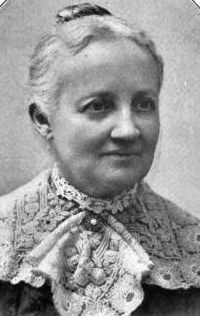In June 1739, the British Parliament passed a private member’s bill granting Joanna Stephens a gratuity of £5,000, the equivalent of more than £8 million in today’s currency. The reason for this princely sum? Mrs Stephens claimed to have a recipe for dissolving bladder stones and was willing to share it for a hefty fee.
Bladder stones, or cystoliths, are caused by dehydration that facilitates high mineral concentration in one’s urine. In the 18th century world, where water was fetid and potentially deadly, men quenched their thirst with beer, wine and spirits, making bladder stones a common ailment.
Mrs Stephens announced her “dissolving cure for the stones” in 1738 and demanded £5,000 to share it. A public subscription raised only one-third of this amount, so she took her request to Westminster. Despite Mrs Stephens being the daughter of a landed gentleman with no medical training, some MPs took her seriously and pushed her request through parliament.
Their enthusiasm seems even more incredible when Stephens’ recipe was unveiled:
“My medicines are a powder, a decoction and pills. The powder consists of eggshells and snails, both calcined [dry-roasted]. The decoction is made by boiling some herbs, together with a ball which consists of soap, swine cress and honey in water. The pills consist of snails calcined, wild carrot seeds, burdock seeds, ash seeds, hips and hawes, all burned to a blackness, soap and honey.”
The £5,000 did come with conditions. Before payment was made, Stephens’ recipe was tested for several months on four men, all of whom suffered from bladder stones. These trials were overseen by a panel of 28 trustees, including the Speaker of the House of Commons, the Chancellor of the Exchequer and the Archbishop of Canterbury.
In March 1740, a majority of the trustees declared that Stephens’ recipe had fulfilled its promise and was capable of dissolving bladder stones. Stephens accepted her £5,000 and withdrew to spend it, while doctors quibbled over whether her recipe had any real value.
Stephens returned to private life and was never heard from again; she died in 1774. Modern historians suggest she was either a fantastic charlatan or a lucky beneficiary of government stupidity.
Source: The London Gazette, Saturday June 16th 1739. Content on this page is © Alpha History 2019-23. Content may not be republished without our express permission. For more information please refer to our Terms of Use or contact Alpha History.





